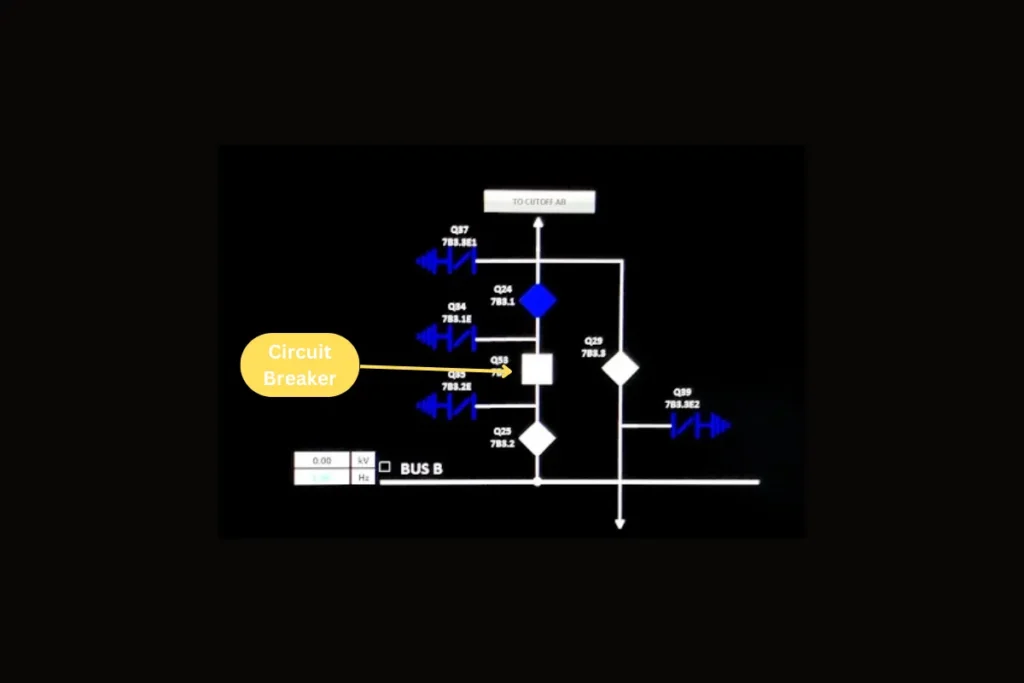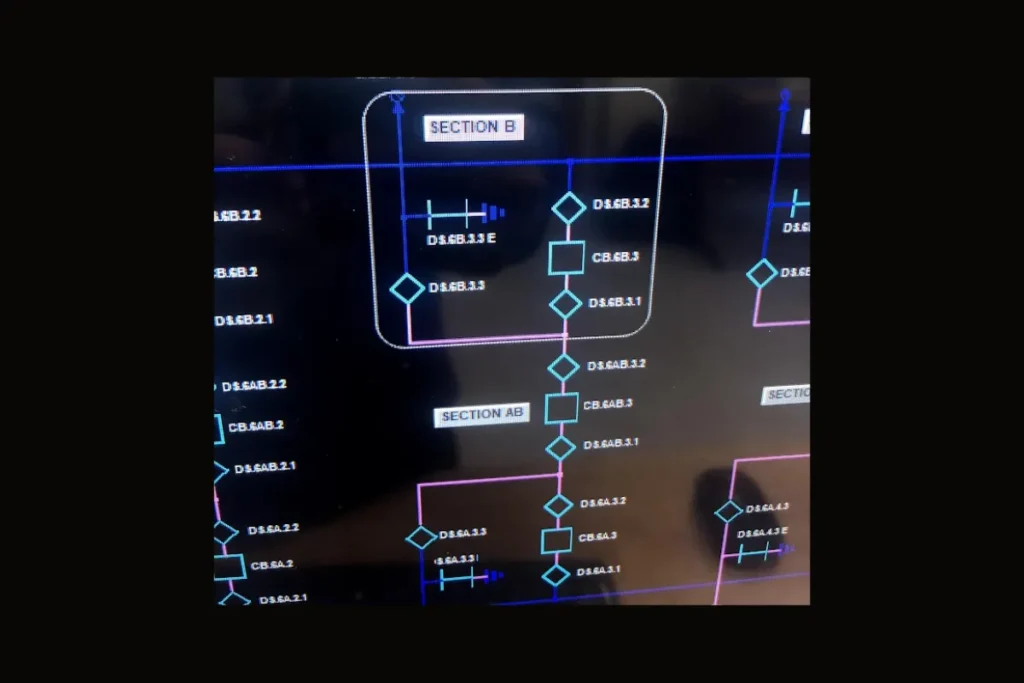Control Function of Substation Automation System, Circuit breakers and disconnectors that are installed at the substation can be opened (or closed) by the system operator through the substation automation system (SAS) in order to make changes in the primary arrangements that are necessary for the operation of power systems.

Control Function of Substation
The following is a list of the most typical switching operations that can be performed in a hierarchical order from various physical locations:
Control Function Hierarchy:
- The switchyard itself (Process Level/switchyard level)
- The local control room (Bay level)
- The main control house (Station level)
- The network control center (Remote/Control Center level).
The Substation Automation System presents screens that contain an assortment of functions. At least one of them takes the form of a control dialog box, which gives the substation operator the ability to choose whether the circuit breaker or disconnector is open or closed. The switching command is then sent out as the second phase in the process (Control Function).
Read Also: Alstom Gateway to SICAM A8000 RTU Upgrading
An earlier check synchronization procedure is carried out before a switching command is carried out for the closing operation of a circuit breaker. A method like this checks the voltage values on both sides of the circuit breaker that has been chosen, as well as the voltage differential across it and the phase shift between the voltages.
The following requirements must be met before one or more of the following actions can be taken on a circuit breaker in order for the closing operation to be authorized:
- Voltage is only present in the substation busbar; that is, the feeder is dead.
- Voltage is only present in the feeder; that is, the substation busbar is dead.
- Voltages are present in both substation busbar and feeder and lie within acceptable ranges for the conditions.

Another checking that was done previously matches the interlocking condition that was given by the internal interlocks of the switchgear, the interlocks at the local bay level, and the interlocking at the substation level.
Interlocking conditions like this cover, without exception, all essential switchgear positions and switching activities at all control levels. This helps to ensure that workers and substation equipment are appropriately protected.
Read Also: SICAM PAS System Components
In addition, while there is no blocking condition in place, any switching commands can be executed. These blocking situations could originate from high voltage equipment (for example, low gas pressure on the chosen circuit breaker), as well as the SAS itself. That is about the Control Function of the Substation.

You must be logged in to post a comment.